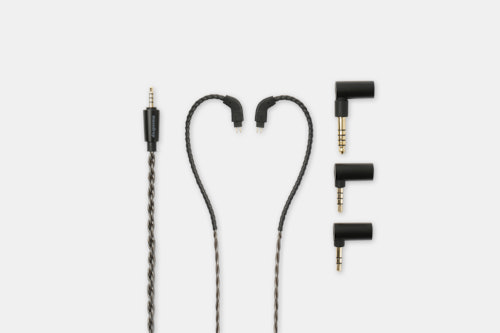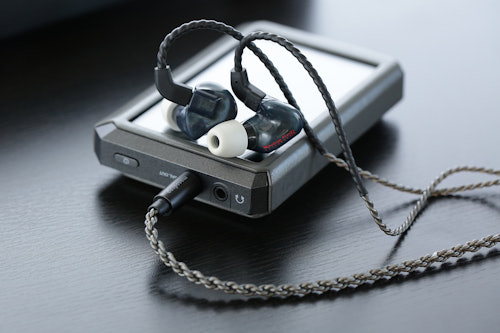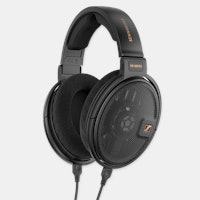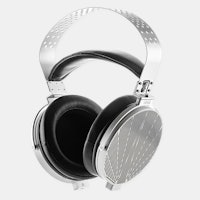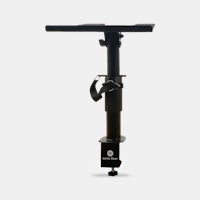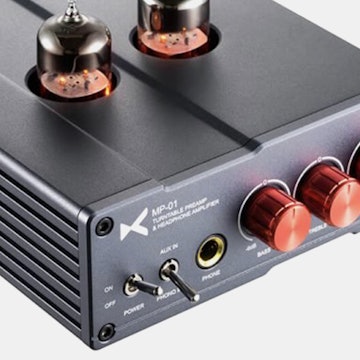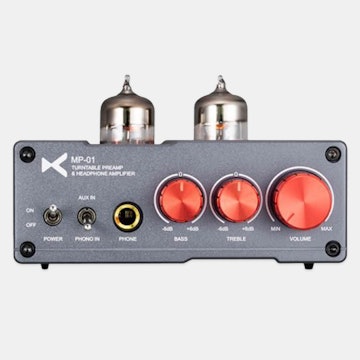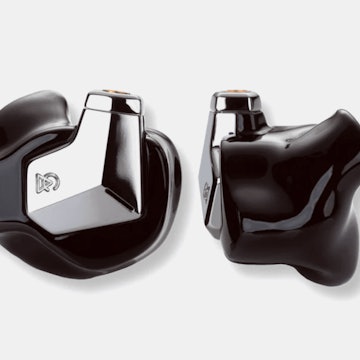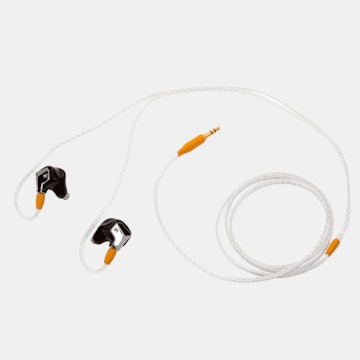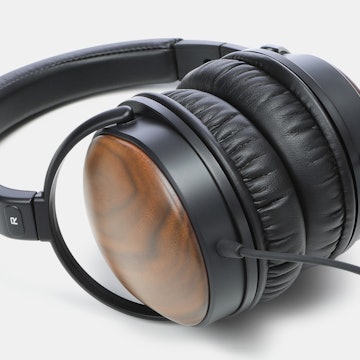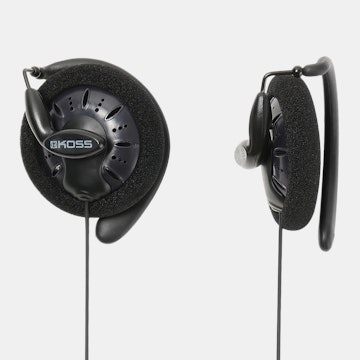Click to view our Accessibility Statement or contact us with accessibility-related questions









Massdrop x MEE audio 2-Pin Balanced Cable Set
Massdrop x MEE audio 2-Pin Balanced Cable Set
bookmark_border
Where's the price?
To negotiate the best possible price for our customers, we agree to hide prices prior to logging in.
550 requests
·
1k Sold
·
Free Returns in USA
Product Description
Ready to upgrade to balanced cables? This set includes a 53-inch braided cable with shielding, plus a 2.5-millimeter balanced plug that can be alternated with the 3.5-millimeter balanced, 4.4-millimeter balanced, and 3.5-millimeter single-ended adapters Read More

search
close
Sort by: Newest
keyboard_arrow_down
ThaPaine
0
Oct 18, 2020
Should there be any issue using the 3.5 se adapter from this set with a balanced cable on the 6xx?
adamhosman
49
Feb 23, 2020
Snake oil.
It's quite shocking to me that this thing is up here, to be honest.
You just need to look at the photos to know that:
- This cable doesn't have enough (3 each side) conductors in order to facilitate a balanced connection,
- Even if it did, the 2-pin connector on the IEM side wouldn't allow those signals into the device,
- Your IEM almost definitely has no balanced inputs, so even if the cable was fine, you'd get no advantage from "upgrading" to it.

dazzerfong
1
Mar 16, 2020
It works, but not on the principle that you're talking about. What audiophiles call 'balanced' cables (at least, when used in this application) are actually for differential purposes.
Normally, when you use a cable, there's a +ve and a -ve. The -ve is actually a ground (i.e. 0V) , and in the case of 'unbalanced' cables it's shared between L and R. Balanced cable just means that the +ve and -ve connector have the same impedance profile, or in other words, it's balanced.
In differential cables, if you connect it to a differential amp, the +ve remains the same, but the -ve is not 0V: it is actually the +ve inverted 180* out of phase. Why would you do that? For portable sources, the maximum voltage is often limited as there's a battery source: however, no-one said anything about inverting it. So, in the end, you get double the voltage. Of course, that means that you also double the noise of your source (but decreasing 'ambient' environmental noise) and output impedance as you are doubling that up from the source.
The 2.5mm cable still balanced: however, it lacks the extra connector which is used for grounding purposes. The 4.4mm has the 5th conductor to act as a ground. However, for headphones this doesn't matter as it's a passive device.
So, no, it's not snake oil as you have declared. This is indeed a cable suitable for balanced, differential purposes. However, the benefits are admittedly up to you. Usually, balanced audio just duplicates the single-ended output to produce the -ve; however, some amp/DAP manufactures are rather sneaky in that the balanced circuit is completely different from the single-ended circuitry. Sony's ZX300 is like that in that the output impedance of both the SE and BAL out is the same.
(Edited)
dixter
99
Mar 20, 2020
dazzerfongBoth of you guys are sorta right in your own ways... the reason " Balanced " is so confusing is because there is more than one use for a balanced signal... first to answer your question about why would the two signals be 180* .... that is simple math... audio signals are just a bunch of sine wave signals of various frequencies and various amplitudes... by math if you take a pure sine wave and invert it by 180* it becomes a co-sine wave... and again, by math if you add a sine wave and a co-sine wave they will cancel each other out so the signal would be perfectly zero... so by definition a "differential" signal would be self noise canceling.. the differential being the difference in the sign wave to co-sine wave and if they are in perfect phase then there is no noise generated as the noise cancels itself out... a differential balance cable is normally used in professional uses due to long cable runs... like cables used in concerts is an example... semi conductor companies utilize the differential properties when designing " balanced DAC chips " by inverting the signals coming out of the DAC chip 180* thus canceling the noise floor to zero and then outputting the clean signal... and the left/right signals are isolated in that they do not share the negative signal grounds... those " balanced" signals are then fed to two seperate amp stages where the signal paths again are balanced simply because they don't share the negative signal grounds... then those signals are output to the headphone jack... and that jack has the signals separated so there is no crosstalk or noise shared to the left and right drivers of your headphones or iems... this is also why a " true " balanced signal is twice the power levels of a single ended plug... because a true balanced uses two amps... one for the left side and one for the right side... thats also why its important to use a proper adapter if you have to use one because some adapters will share the negative grounds and that just messes up the true balance of the device and could actually cause damage in some cases to the amp stage... so why is balanced good for consumer audio... possible less noise and twice the power.. why do you want more power... so the signal path can handle the transients of the music you play back... those transients might be short in duration but they can require quite a bit of power when played back... hope this helped a little bit...
NEXONUS
269
Feb 4, 2020
Stingray58AThe DMS uses mmcx, so no. However, it should work with the ZS10 Pro just fine

zekken
136
Dec 18, 2019
Just in case someone is interested in. I lost the 2.5mm to 3.5mm adapter. I asked both mee audio and drop, and none of them helped me. I found this adapter, which is way cooler and works flawless:


(Edited)

mymae
0
Nov 7, 2019
How well does this work with the EDC3 earphones? Is there some sort of sleeve that protects the 2-pin connector because from the photos it's seem that this cable would have a very fragile connection to the EDC3.

EmmanuelRF
26
Oct 14, 2019
The quality doesn't seem so good judging from those plastic bits in the picture.

wurlds
3
Oct 4, 2019
Hey does anyone have their left connector smaller than their right connector? My Massdrop Plus keep slipping out.
Showing 17 of 110
Recent Activity
